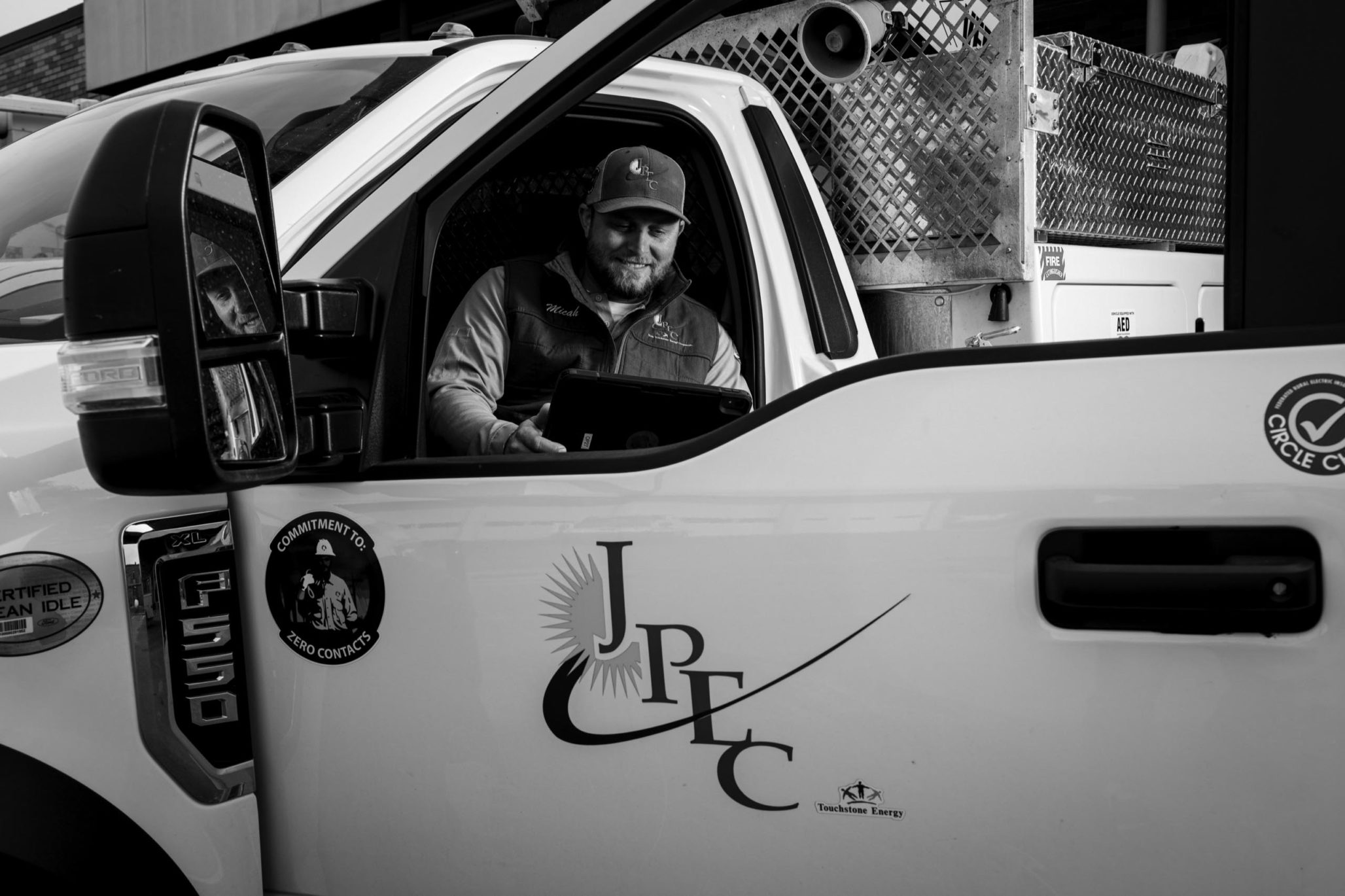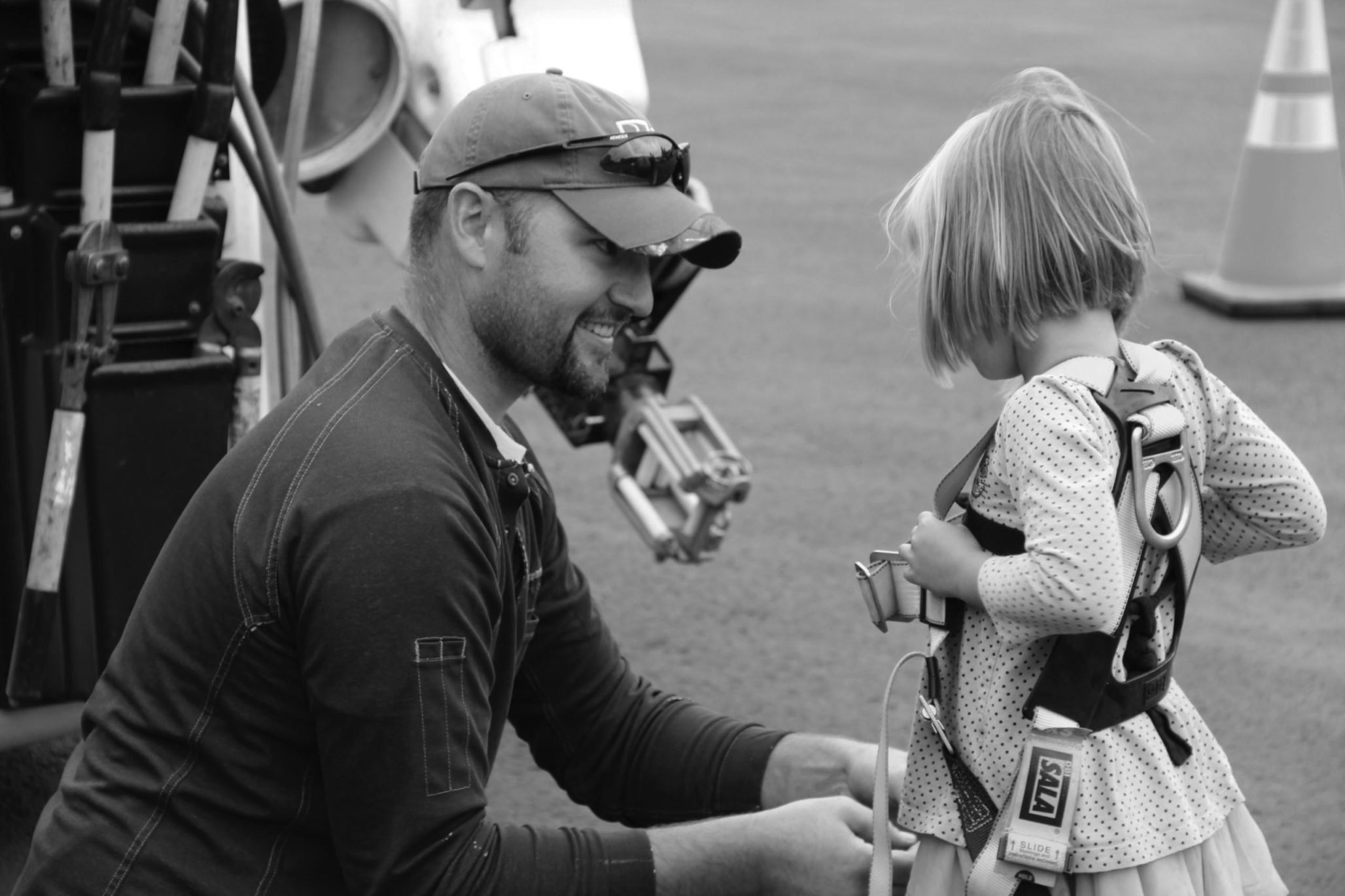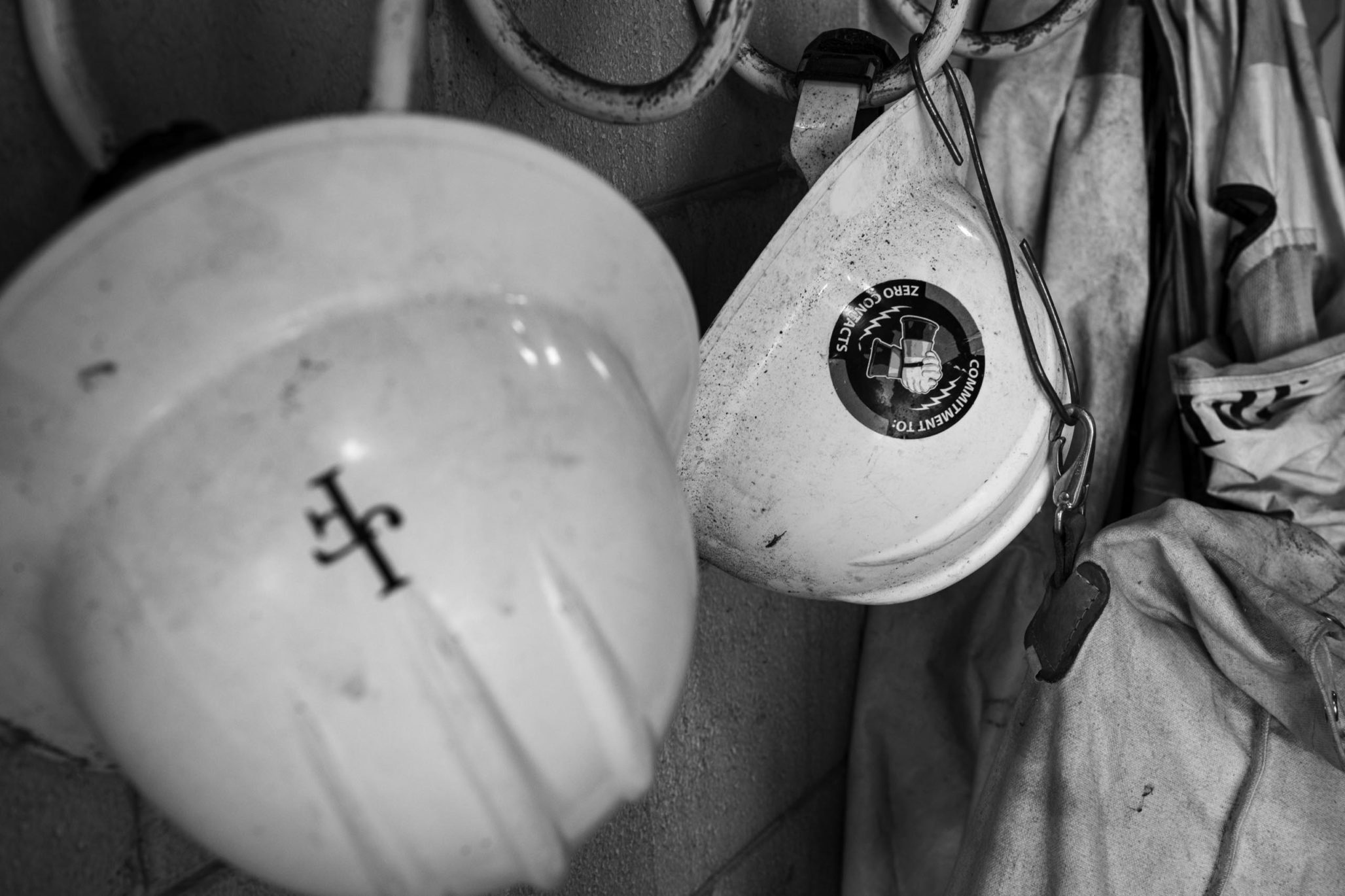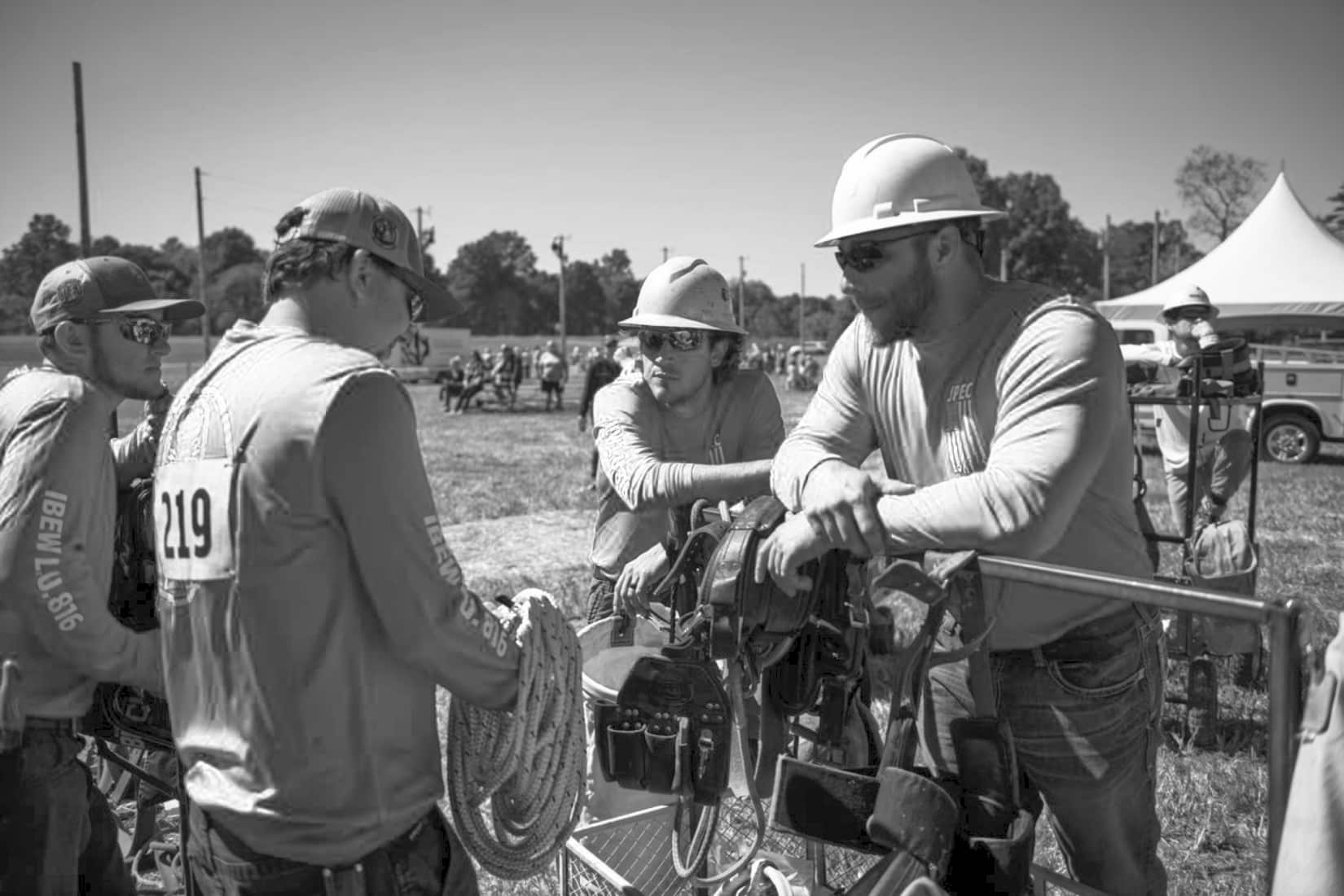Trees and brush growing near power lines are a major cause of blinks and outages and hinders a maintenance crew’s ability to get to damaged lines quickly and adds to outage times. JPEC’s right-of-way program is the key to reliability. JPEC recognizes best practices in utility arboriculture by supporting the balance between utility needs for reliability and safety and adequate care for urban forests. Our right-of-way program helps us effectively control costs associated with tree-related issues, while also promoting a biodiverse plant community that attracts wildlife. To do this, JPEC enlists the assistance of tree contractors who trim our rights of way according to utility arborist standards.
Right-of-Way Clearing Standards
Right-of-Way shall be a minimum of forty (40) feet wide for two and three phase lines and thirty (30) feet wide for single phase lines.
Effective tree clearance for line reliability is dependent on the type of tree, its growth rate and habit.
Trimming for On‑Right-of-Way Trees
- Clearance shall be accomplished by ground cutting and removing all tree species, shrubs, brush, vines, etc. ground-to-sky from within the right-of-way.
Low-growth tree species or shrubs in residential areas that will not exceed the height of the communication lines, without trimming, may be allowed to remain if the vegetation does not pose a hazard to JPEC employees or equipment in the construction and/or maintenance of JPEC facilities. - Where trimming of residential or landscape trees become necessary, trees shall be trimmed to provide a minimum of four (4) years of clearance.
Trees shall be trimmed ground-to-sky with arboricultural approved trimming methods. One such method is ANSI A300 which is published by the Tree Care Industry Association (TCIA). - Special clearances may be needed at times because of field conditions.
Trimming Along Distribution Right-Of-Way Edge or Off‑Right-Of-Way Trees
- Trees shall be trimmed ground-to-sky with arboricultural approved trimming methods as referenced in ANSI A300 to obtain the proper clearance.
- JPEC shall work with property owners in the removal of danger trees. A danger tree is any tree that is off the right-of-way that, due to decay, leaning toward the line, or is exhibiting other abnormal characteristics, could fall and come into contact with supply lines.
- Shaping or rounding-over trees beyond what is described in ANSI A300 to achieve the desired conductor/vegetation clearance shall not be performed.
- Only trees that are directly involved with JPEC’s overhead lines, as defined by this procedure shall be trimmed. Trimming trees for privately owned lines, other utility lines, or consumer lines or wiring is not permitted.
- JPEC shall disconnect and remove a member’s secondary or service wire if the member wishes to remove a tree that has the potential of falling onto the line.
- JPEC should not trim trees solely for area lighting illumination.
- All low growing desirable species, if present, may be left unless:
- they create clearance problems
- mechanical, non‑selective equipment (e.g. mowing) is used
- or they block access to the rights‑of‑way or prevent facilities maintenance
- All stumps from manual clearing operations shall be treated with herbicides approved by JPEC to prevent re-growth.
- Special conditions may exist where JPEC or its representative shall work with a member to produce the most desirable outcome.





